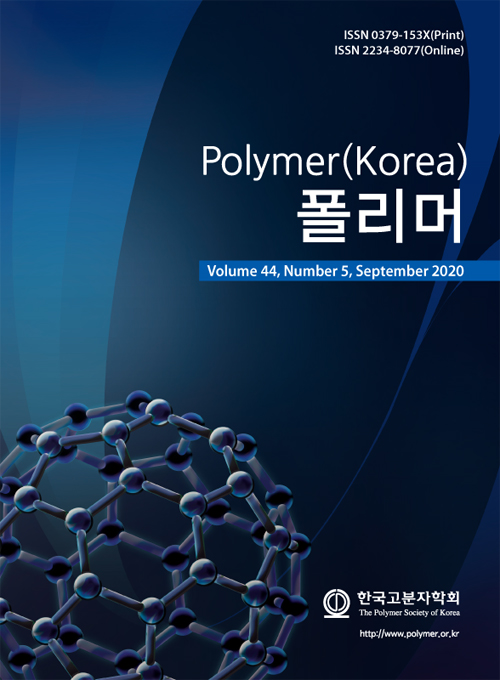- Effect of Ionic Natural Polysaccharides on the Functional Enhancement of Porous Hydrogel Contact Lenses
Department of Optometry & Vision Science, Catholic University of Daegu, Hayang-Ro 13-13, Gyeongsan, Gyeongbuk 38430, Korea
- 이온성 천연다당류가 다공성 수화젤 콘택트렌즈의 기능 향상에 미치는 영향
대구가톨릭대학교 안경광학과
The purpose of this study was
to examine the effect of ionic natural polysaccharides on the physico-chemistry
properties of contact lenses by cross-linking ionic natural polysaccharides
after fabricating porous hydrogel contact lenses. Sodium carbonate was used as
a foaming agent in the preparation of porous hydrogels, and ionic natural
polysaccharides such as alginate, chitosan, and agarose were used. Porous
hydrogels have significantly improved water content, oxygen permeability, and
wettability than ordinary hydrogels (polymacon). Natural polysaccharide
cross-linked contact lenses have improved wettability and antibacterial
properties in all porous contact lenses, regardless of their ionic type.
Protein adsorption of contact lenses was affected by the ionicity of
polysaccharides. It was confirmed that the ionic natural polysaccharide
contributes to the improvement of the function of the contact lens by being
bound to the hydrogel contact lens.
다공성 수화젤 콘택트렌즈를 제작한 후 이온성 천연다당류를 가교시켜 이온성 천연다당류가 콘택트렌즈의 물리적∙화학적 성질에 미치는 영향을 알아보고자 하였다. 다공성 수화젤은 발포제로서 sodium carbonate를 사용하였으며 이온성 천연다당류로서 alginate, chitosan, agarose를 사용하였다. 다공성 수화젤은 일반 수화젤보다 함수율, 산소투과율, 습윤성이 매우 향상되었다. 천연다당류가 결합된 콘택트렌즈는 이온성의 종류에 관계없이
모든 다공성 콘택트렌즈에서 습윤성과 항균성을 향상시켰다. 콘택트렌즈의 단백질 흡착은 다당류의 이온성에 영향을 받았다. 이온성 천연다당류가 수화젤 콘택트렌즈에 결합됨으로써 콘택트렌즈의 기능향상에 기여함을 확인하였다.
Keywords: contact lens, foaming agent, natural polysaccharide, oxygen permeability, porous hydrogel
- Polymer(Korea) 폴리머
- Frequency : Bimonthly(odd)
ISSN 0379-153X(Print)
ISSN 2234-8077(Online)
Abbr. Polym. Korea - 2023 Impact Factor : 0.4
- Indexed in SCIE
 This Article
This Article
-
2020; 44(5): 625-632
Published online Sep 25, 2020
- 10.7317/pk.2020.44.5.625
- Received on Apr 3, 2020
- Revised on May 31, 2020
- Accepted on Jun 7, 2020
 Correspondence to
Correspondence to
- Hyun Mee Lee
-
Department of Optometry & Vision Science, Catholic University of Daegu, Hayang-Ro 13-13, Gyeongsan, Gyeongbuk 38430, Korea
- E-mail: hmlee@cu.ac.kr









 Copyright(c) The Polymer Society of Korea. All right reserved.
Copyright(c) The Polymer Society of Korea. All right reserved.